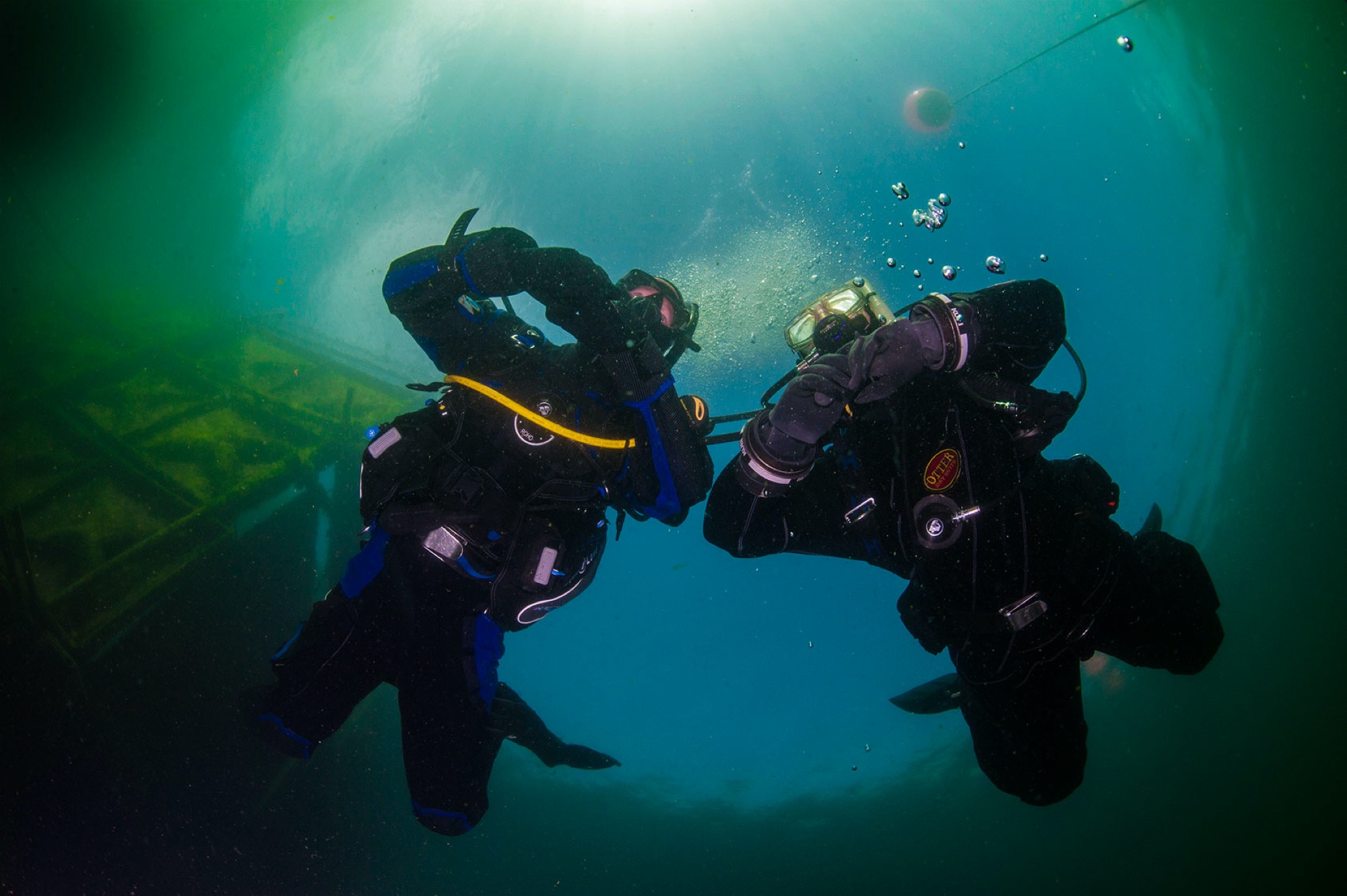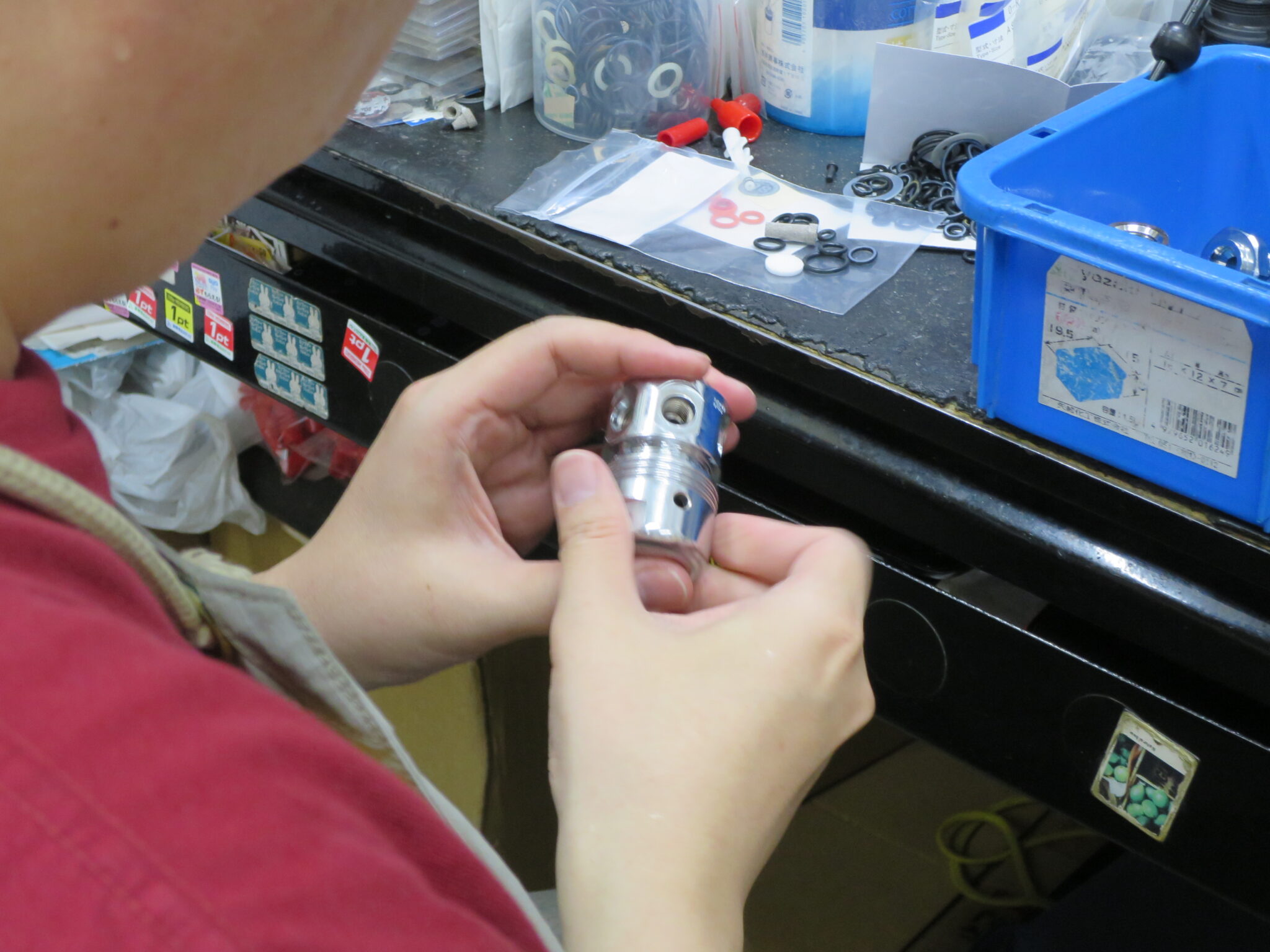As a general rule, dive gear should be serviced every year or every 100 dives, whichever comes sooner. Don’t skip the annual service, even if you only dive once or twice a year. Divers Alert Network (DAN) publishes an annual report about dive accidents, and every year approximately 11% of incidents are caused by equipment failure — often because the dive gear wasn’t properly maintained.
Even if your equipment worked fine a year ago, remember scuba gear is life-support equipment. Not having your dive gear regularly serviced is like:
Avoiding the dentist — until you have tooth pain Not buying new tires — and sliding off the road Skipping a travel immunization — and getting sickAlso, your dive gear is an investment. Take proper care of your scuba equipment, and it can last a decade or more.

As discussed above, properly maintaining your scuba gear is crucial for both safety and performance. Regular servicing ensures your equipment stays in top condition and is ready for your next underwater adventure. But what pieces need to be serviced and how often?
Generally, your regulators should be serviced every year or every 100 dives. Check the manufacturer’s recommendations, or ask your local dive shop for advice on servicing the regulator you’ve purchased from them. If you have a submersible pressure gauge (SPG), be sure to bring it in for inspection at the same time.
To keep your regulators in top shape, always use the dust camp and rinse the entire regulator assembly in clean water after diving. When storing, allow the hoses to form large, gentle curves (versus tight loops or bends).
Don’t wait until your computer gives you a low battery warning to have it serviced. Inevitably, that low battery alert will happen on the first day of a week-long scuba trip. In addition to checking battery health, the technician will inspect the o-rings and check for signs of salt buildup on the unit.
Most dive computers should be serviced annually. Some can go be serviced every two years (check the manufacturer’s manual or ask your dive shop).
BCDs should be serviced annually or as recommended by the manufacturer. If you have a second-stage regulator attached to the low-pressure inflator, don’t forget to bring that in as well. During the annual service, a technician will inspect the bladder, o-rings, low-pressure inflator and second stage (if applicable).

Have your dry suit inspected every year. Pressure testing and thorough inspection can help detect pinhole leaks that might otherwise lead to serious problems during a dive.
A visual inspection of your scuba cylinder (commonly called a scuba tank) should be done annually to check for corrosion, dents, pitting and any damage to the valve. Hydrostatic testing is required every three to five years, depending on the cylinder type and local regulations. Contact a dive shop near you for more information or to schedule service.

Although scuba accessories and your mask, snorkel and fins may not require regular service at a scuba equipment service center, they still need to be inspected regularly for your safety.
Dive lights, camera strobes and surface marker buoys (SMBs) should be inspected before every dive adventure. Check the batteries and o-rings on your lights and ensure the SMB inflates and holds air.
Periodically examine your snorkel, mask, fins and snorkel keeper for cracks or tears. To prevent damage to your mask lenses, store your mask in the original box.
If you’re the sort of person who dashes out the door, straps on their gear and jumps in the water, start a save-a-dive kit with an extra mask strap, snorkel keeper, fin straps and o-rings.
Now that you know how often dive gear should be serviced, you may be wondering, “Can I do some of this myself?” Yes and no (but mostly no). Some dive computers have user-replaceable batteries, and you can check for small leaks in your BCD or SMB by inflating them fully and submerging them in a bathtub full of water. But there is no substitute for a professional inspection.
 image courtesy of Scuba Repair Center
image courtesy of Scuba Repair Center
PADI offers an Equipment Specialist course that includes online training and hands-on training. You won’t learn how to service a regulator, but you’ll learn how to:
Clean and maintain your gear to extend its life Inspect equipment Fix minor equipment issuesBecome an Equipment Specialist
Storing your gear properly can also reduce the need for frequent servicing. Learn more about How to Store Scuba Gear.
Share This